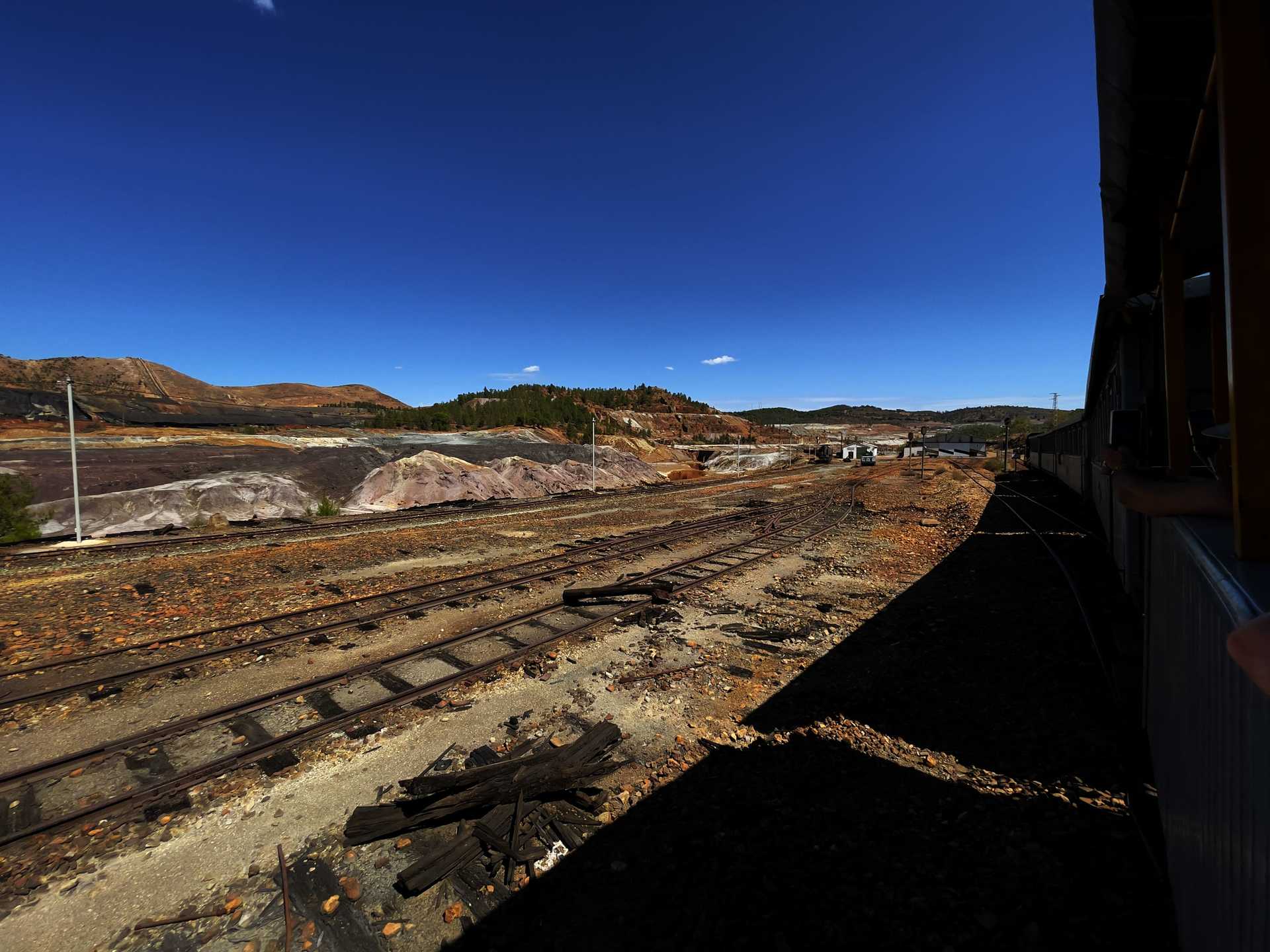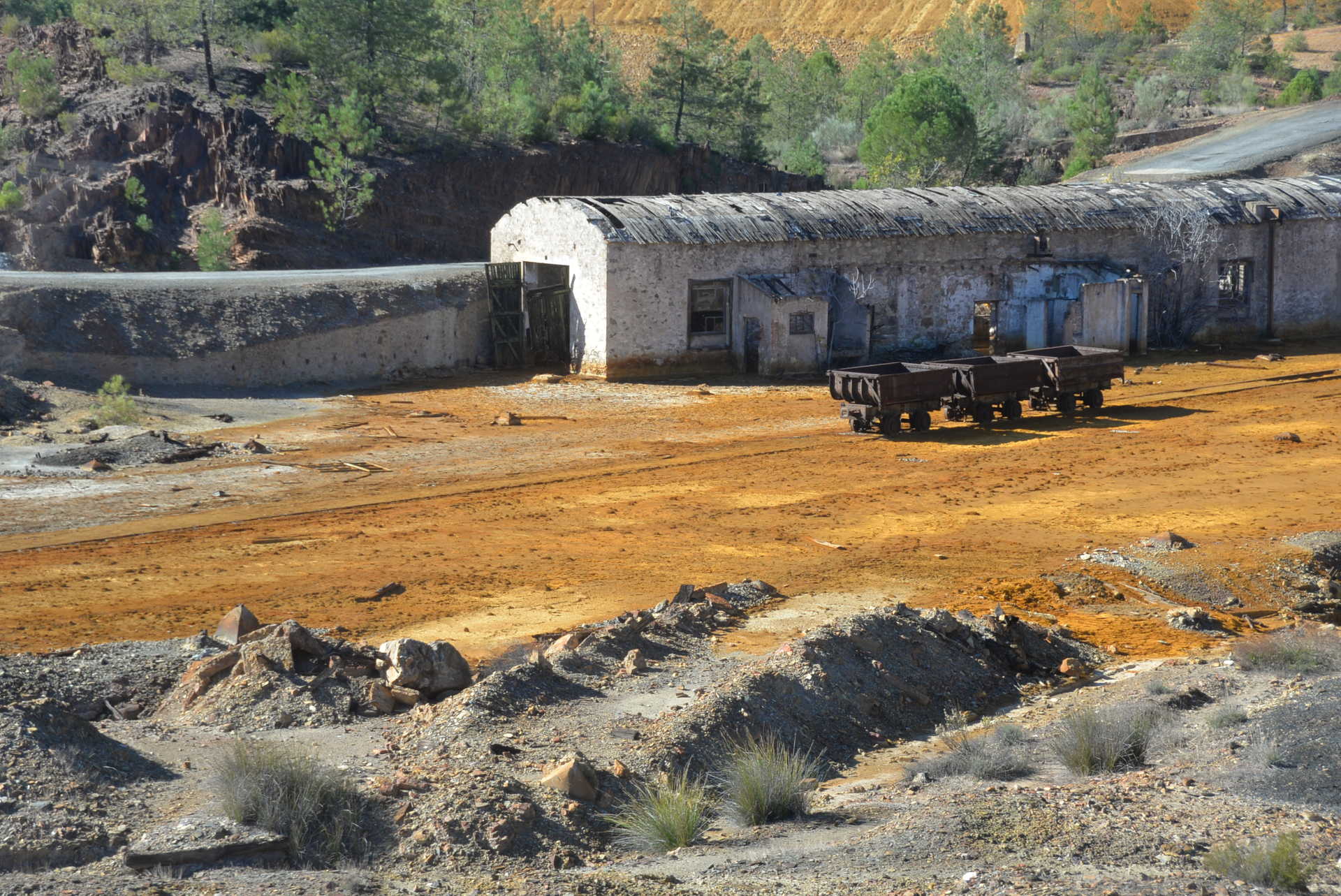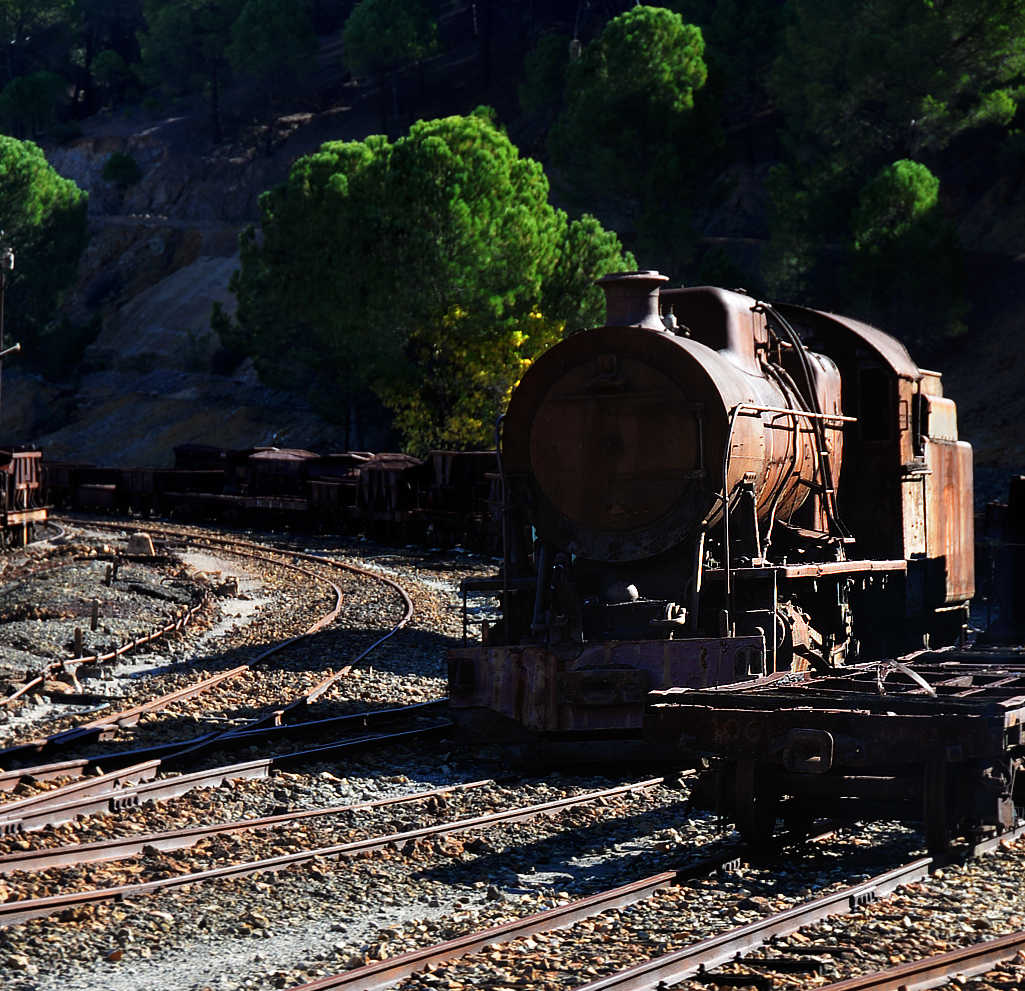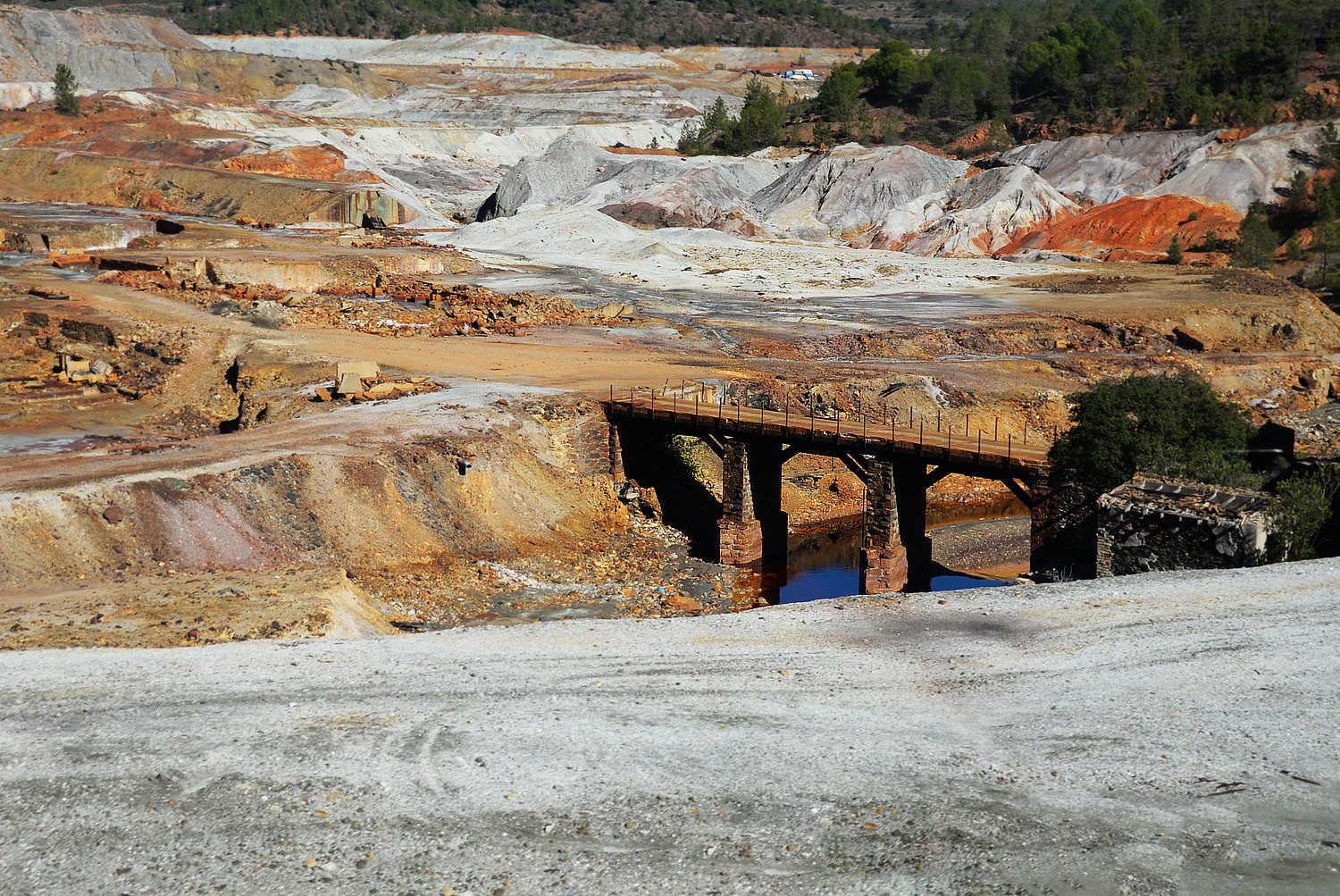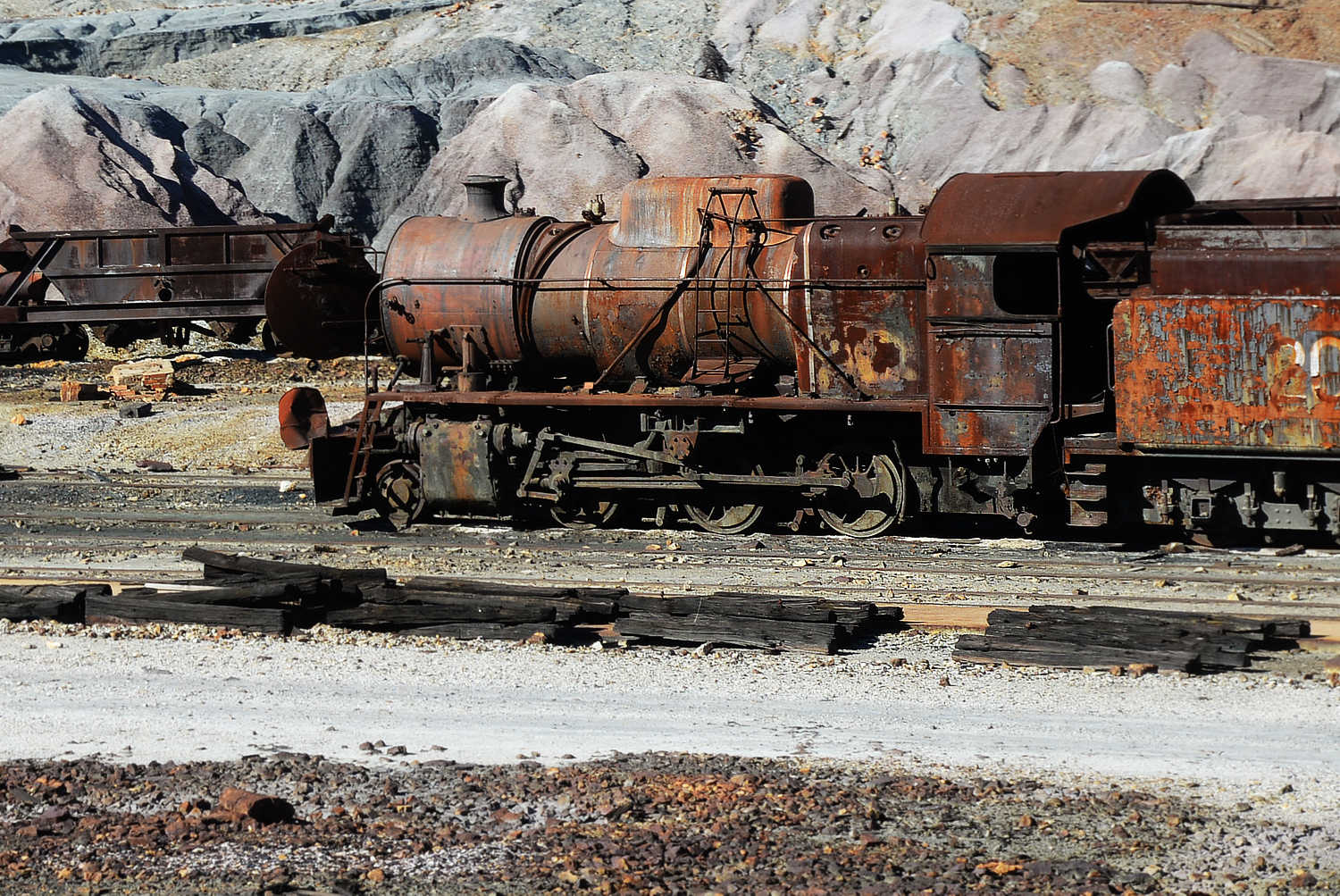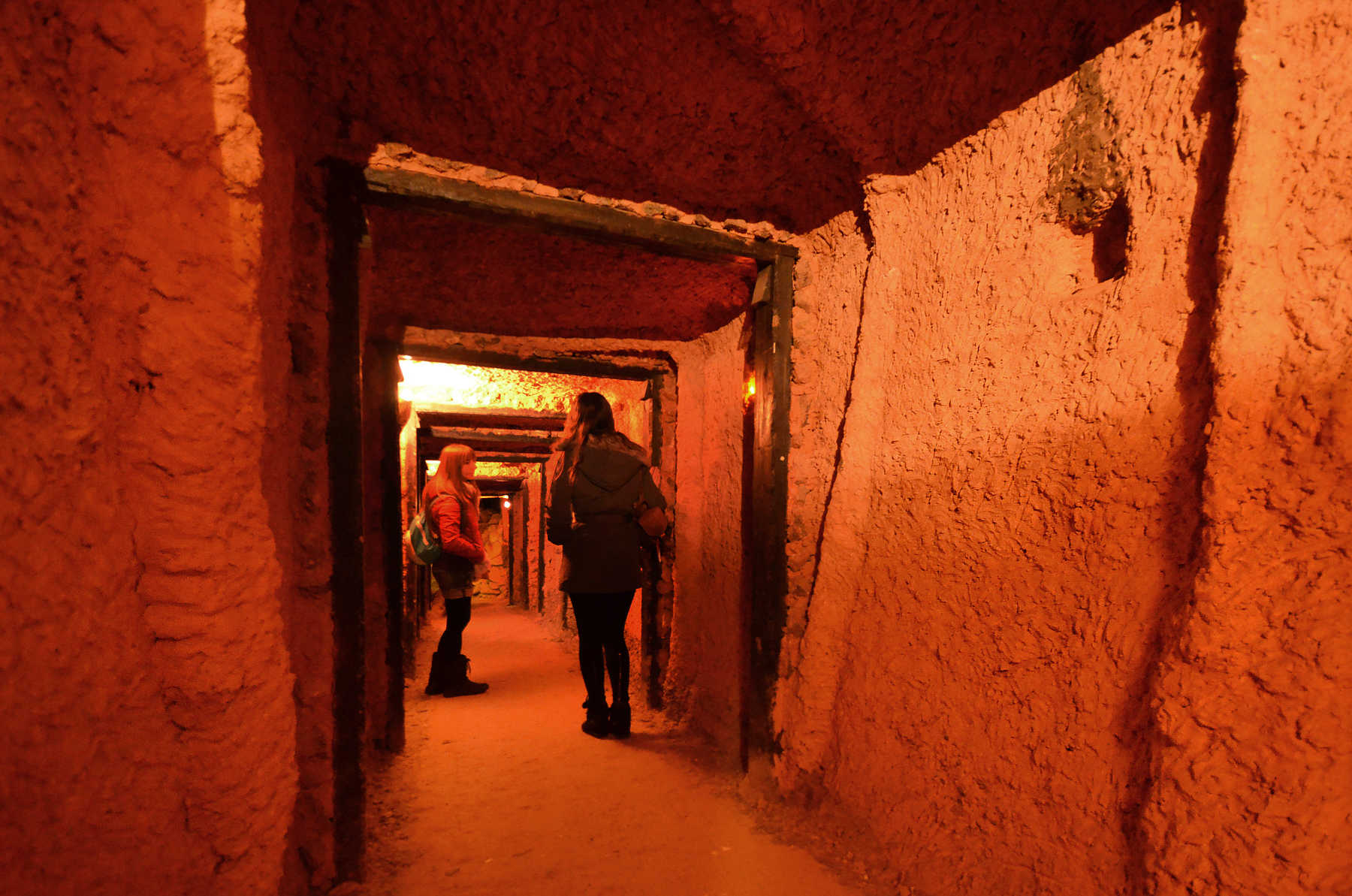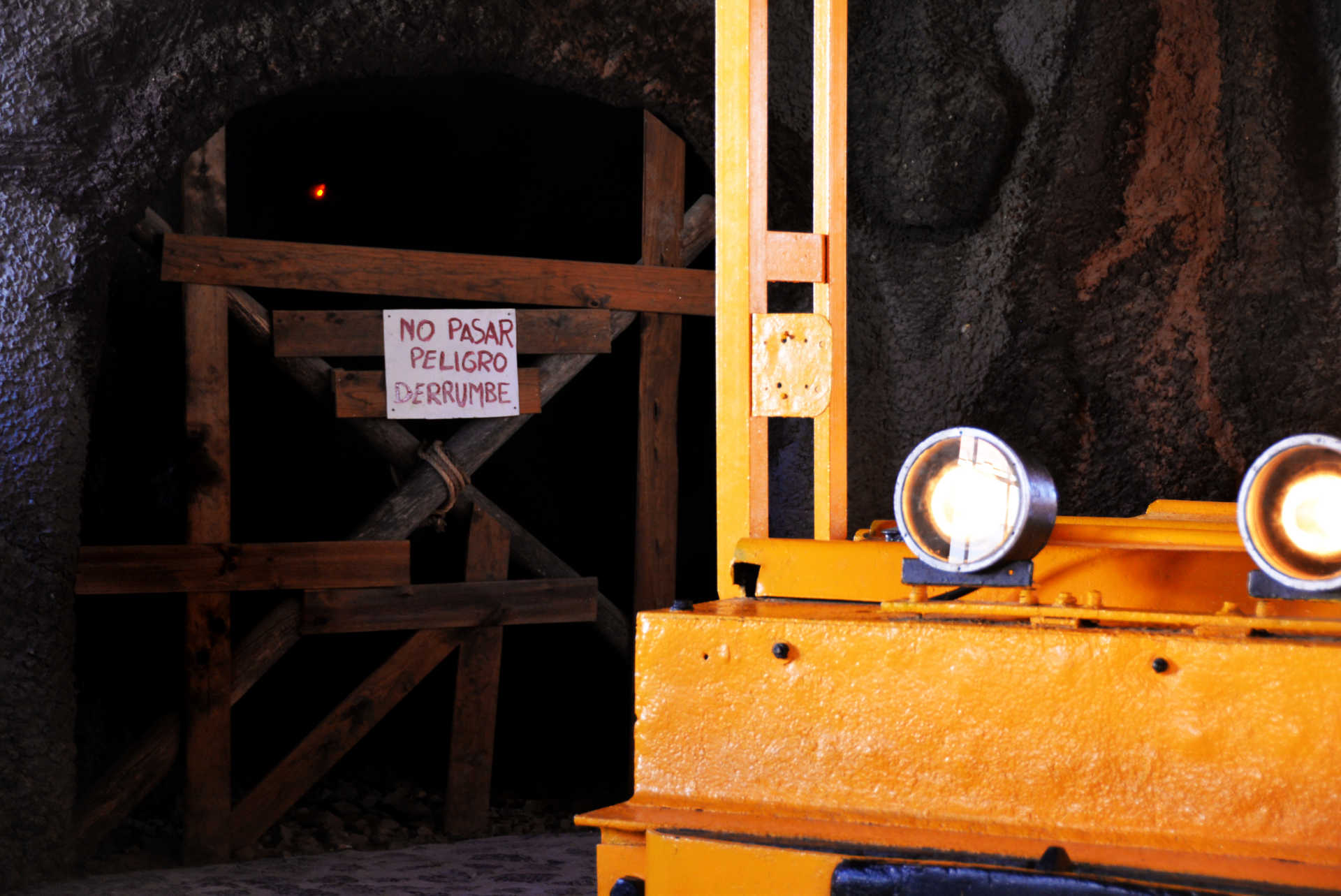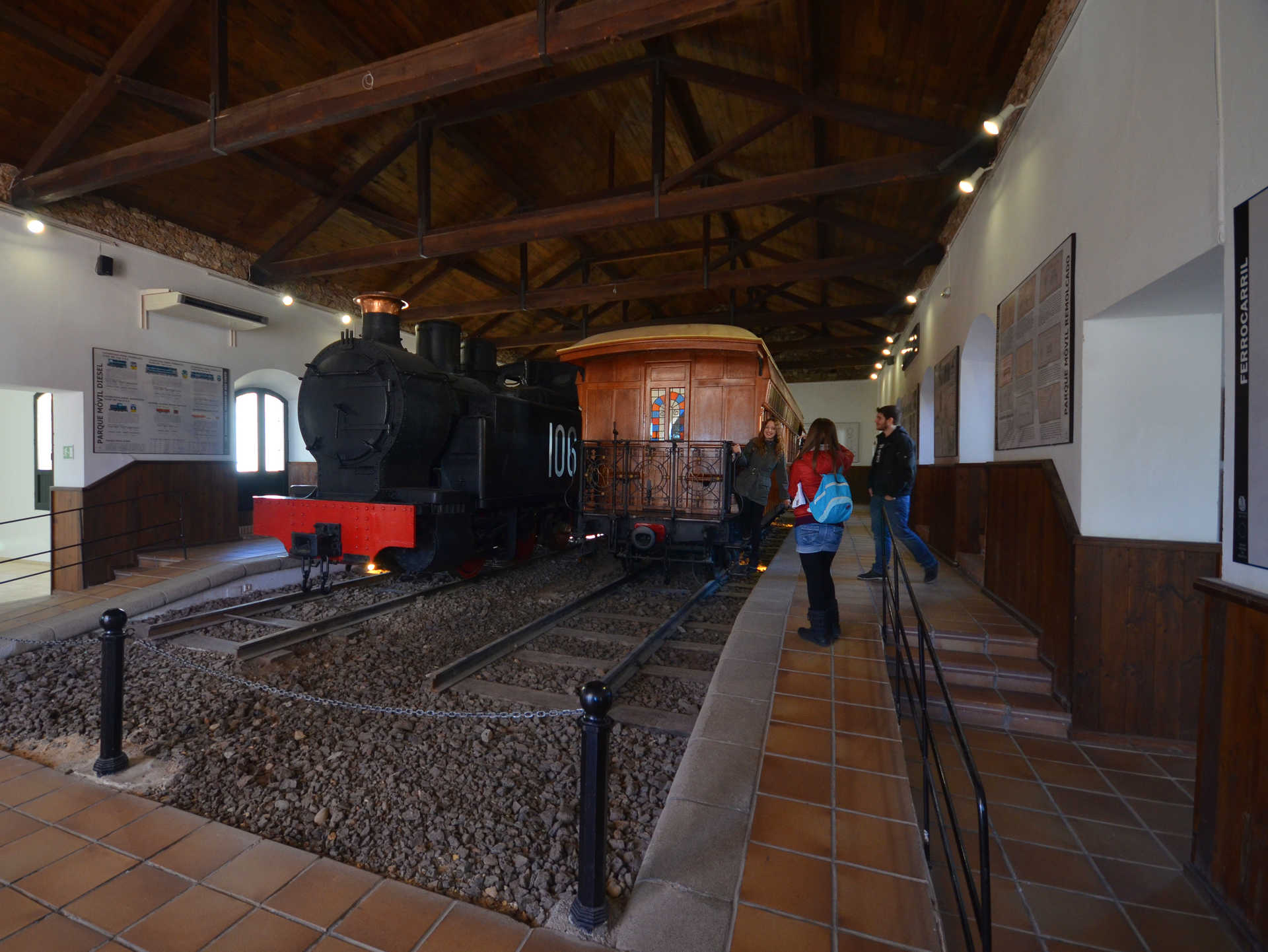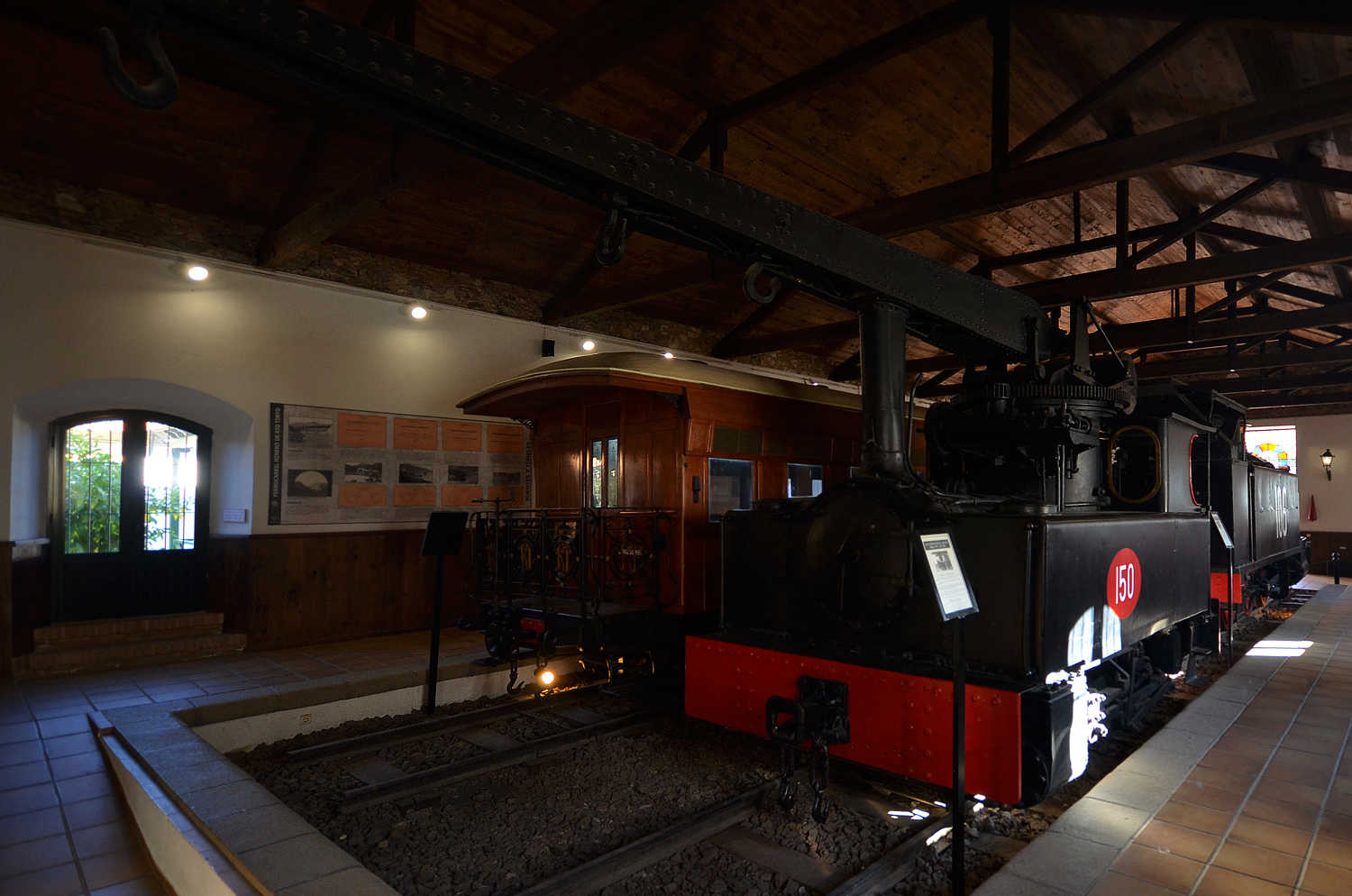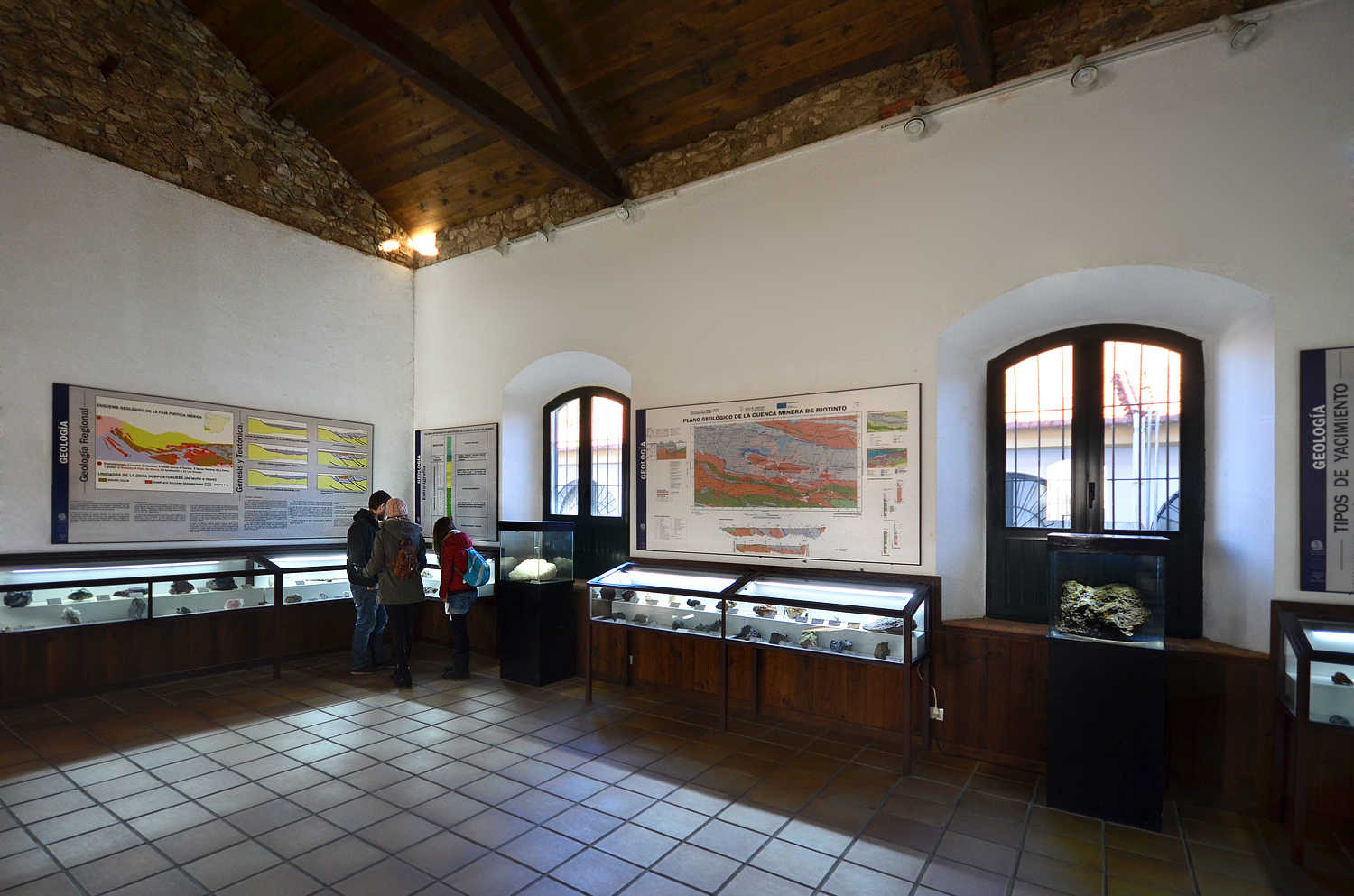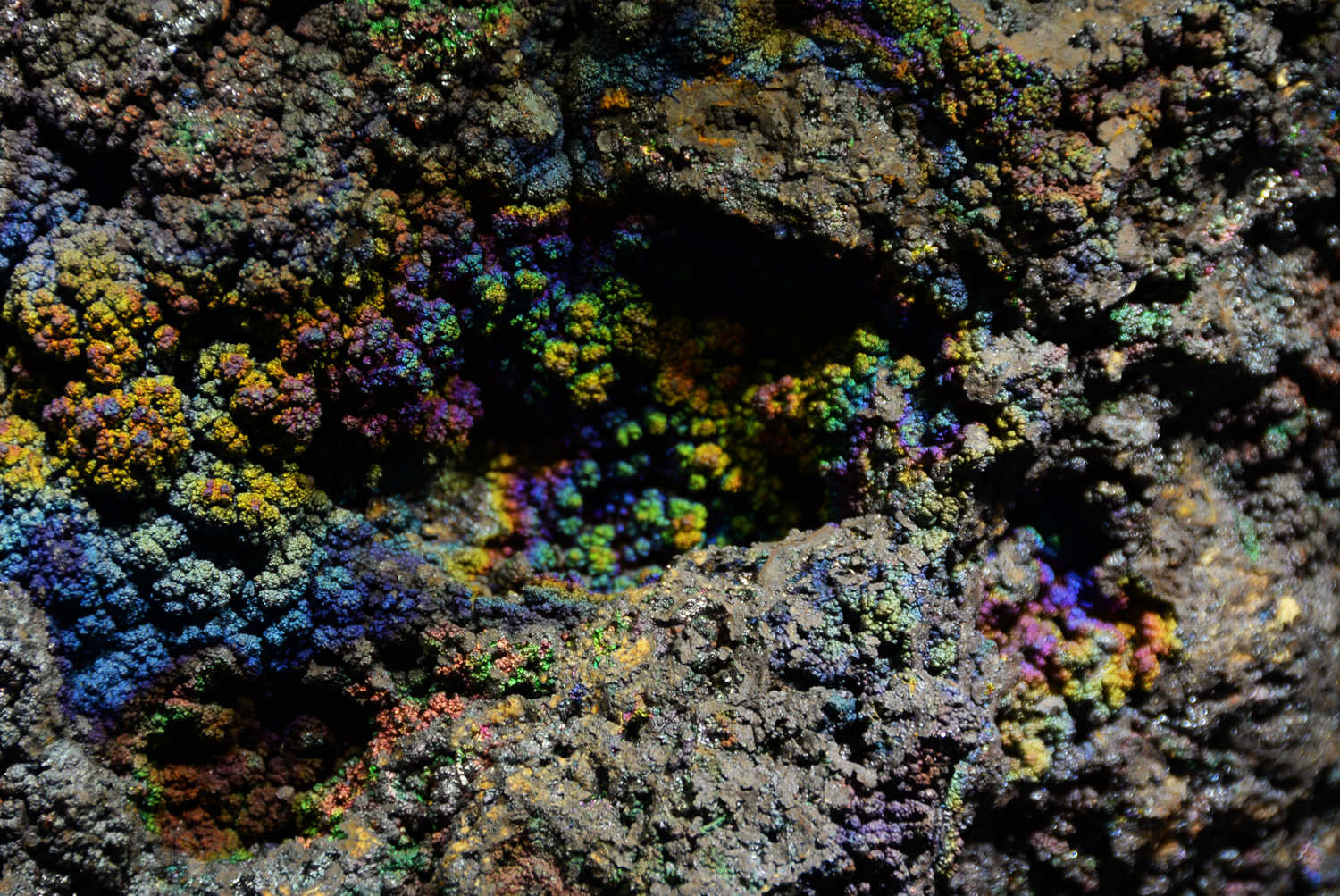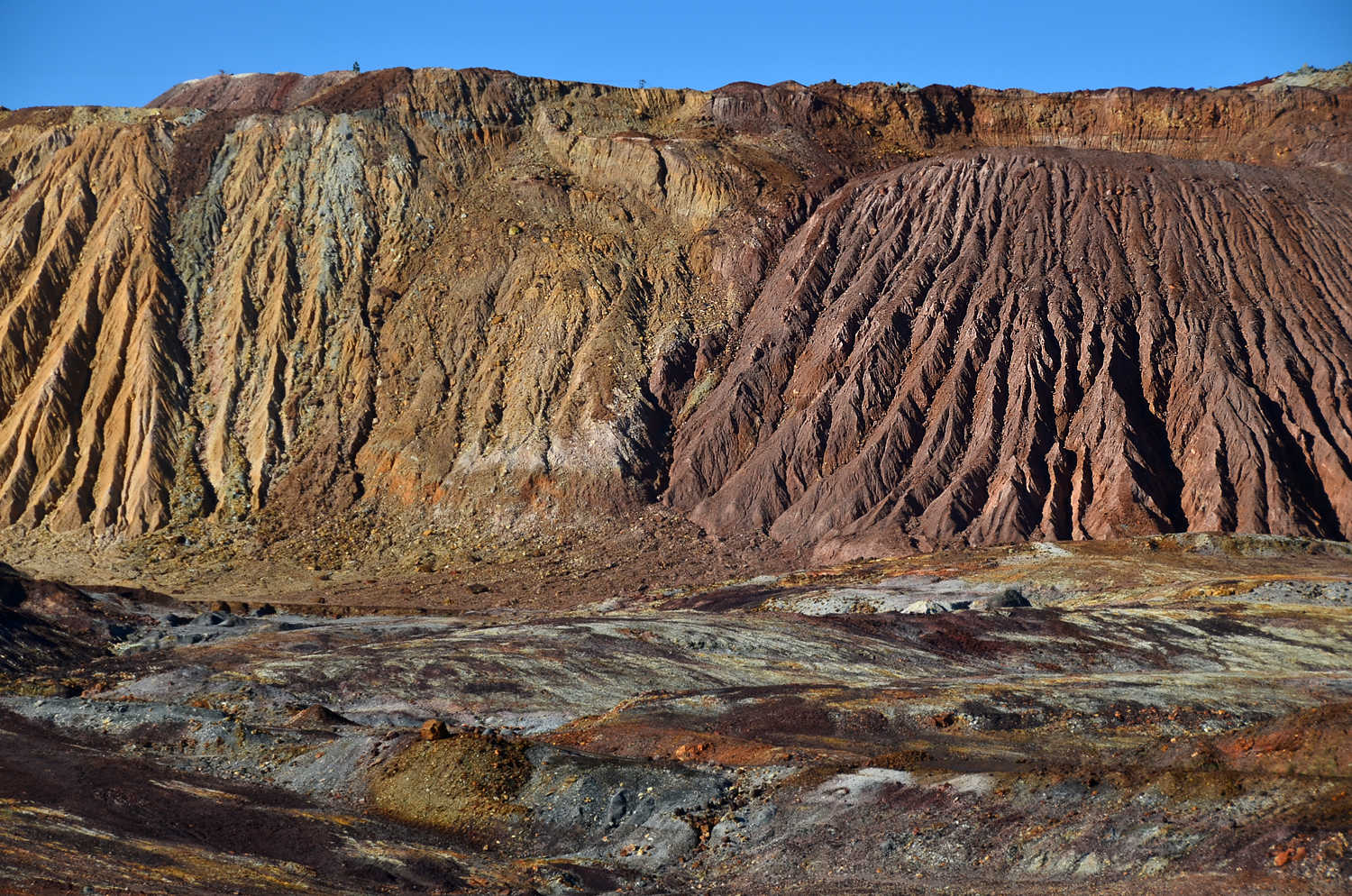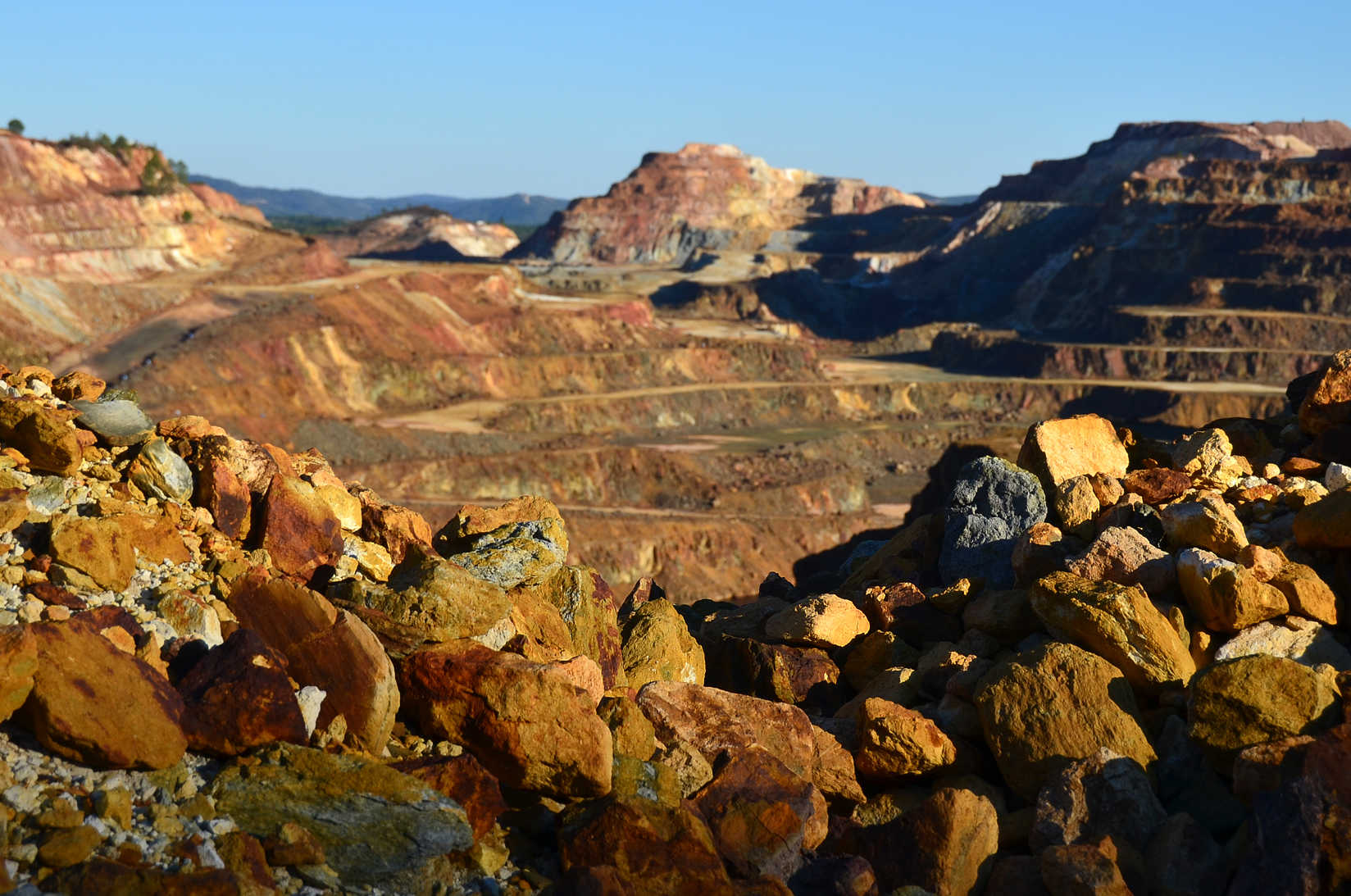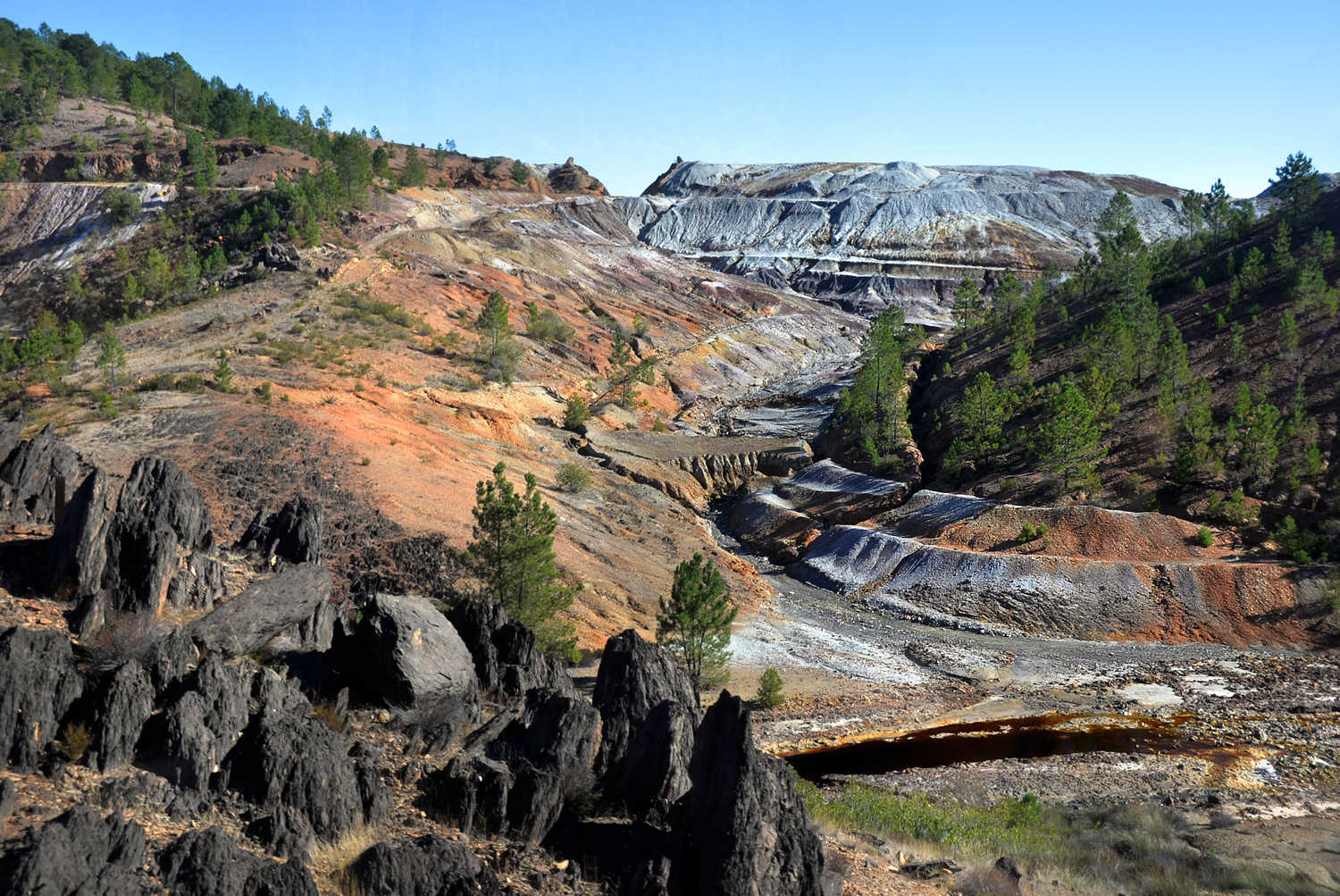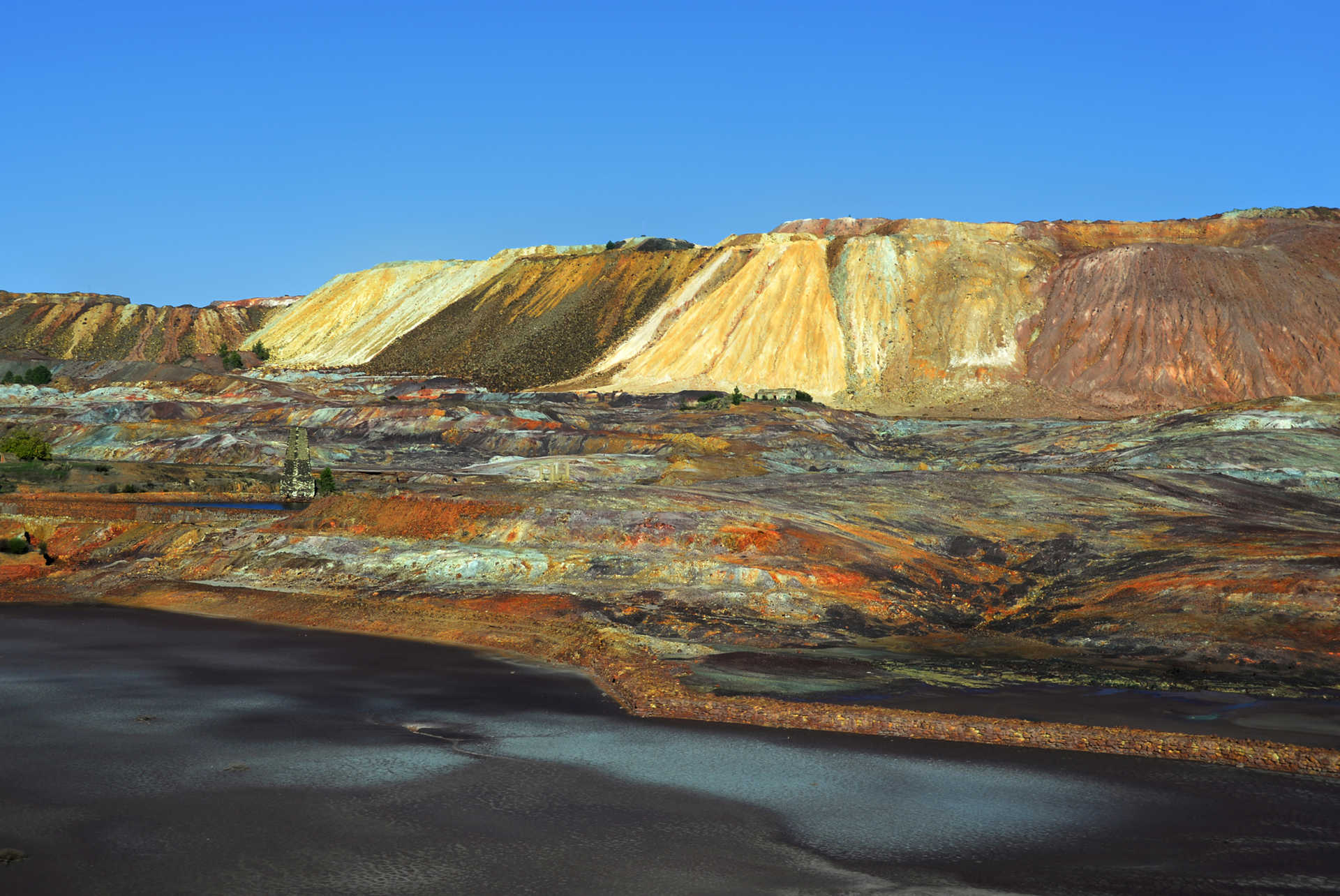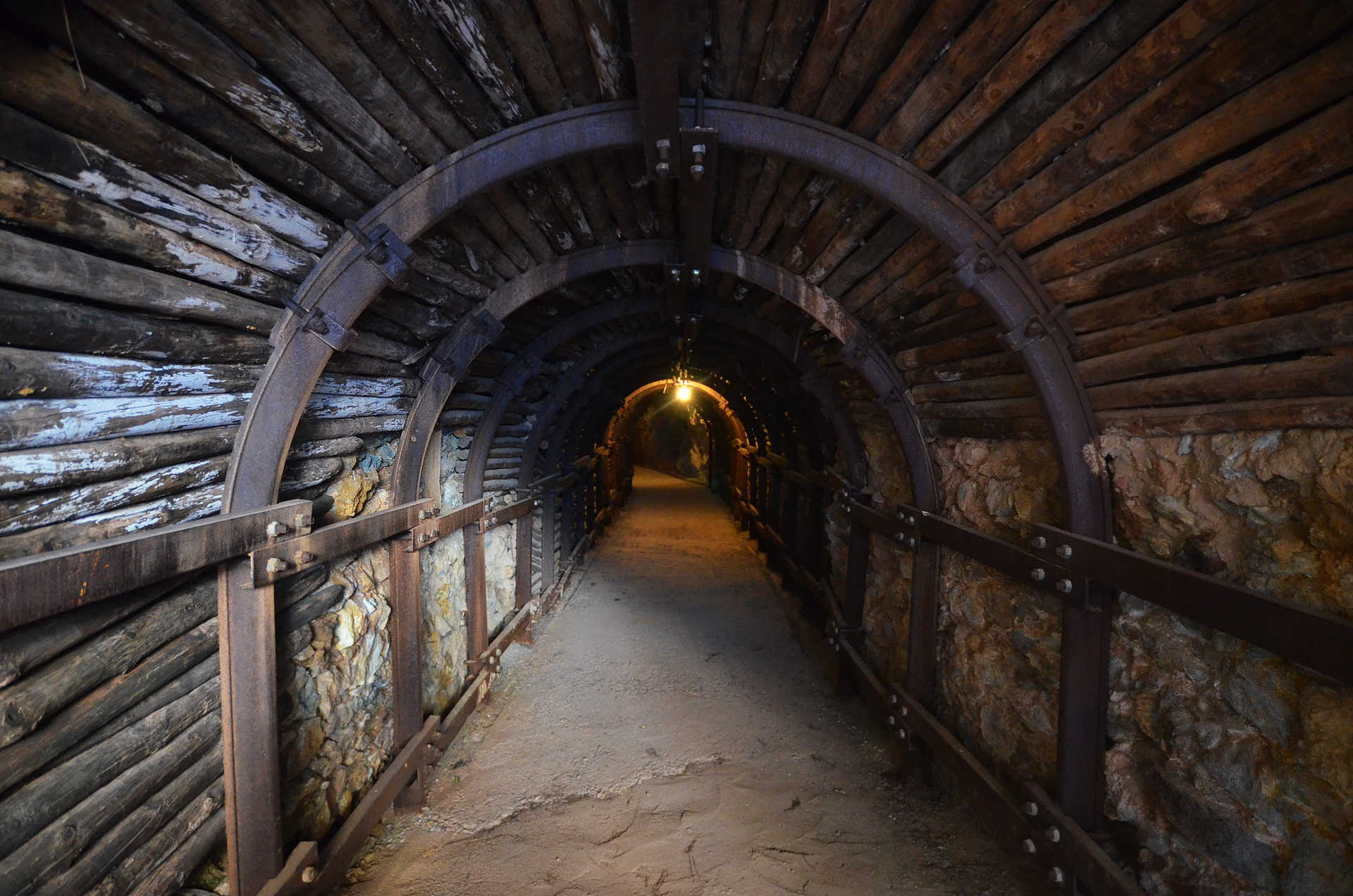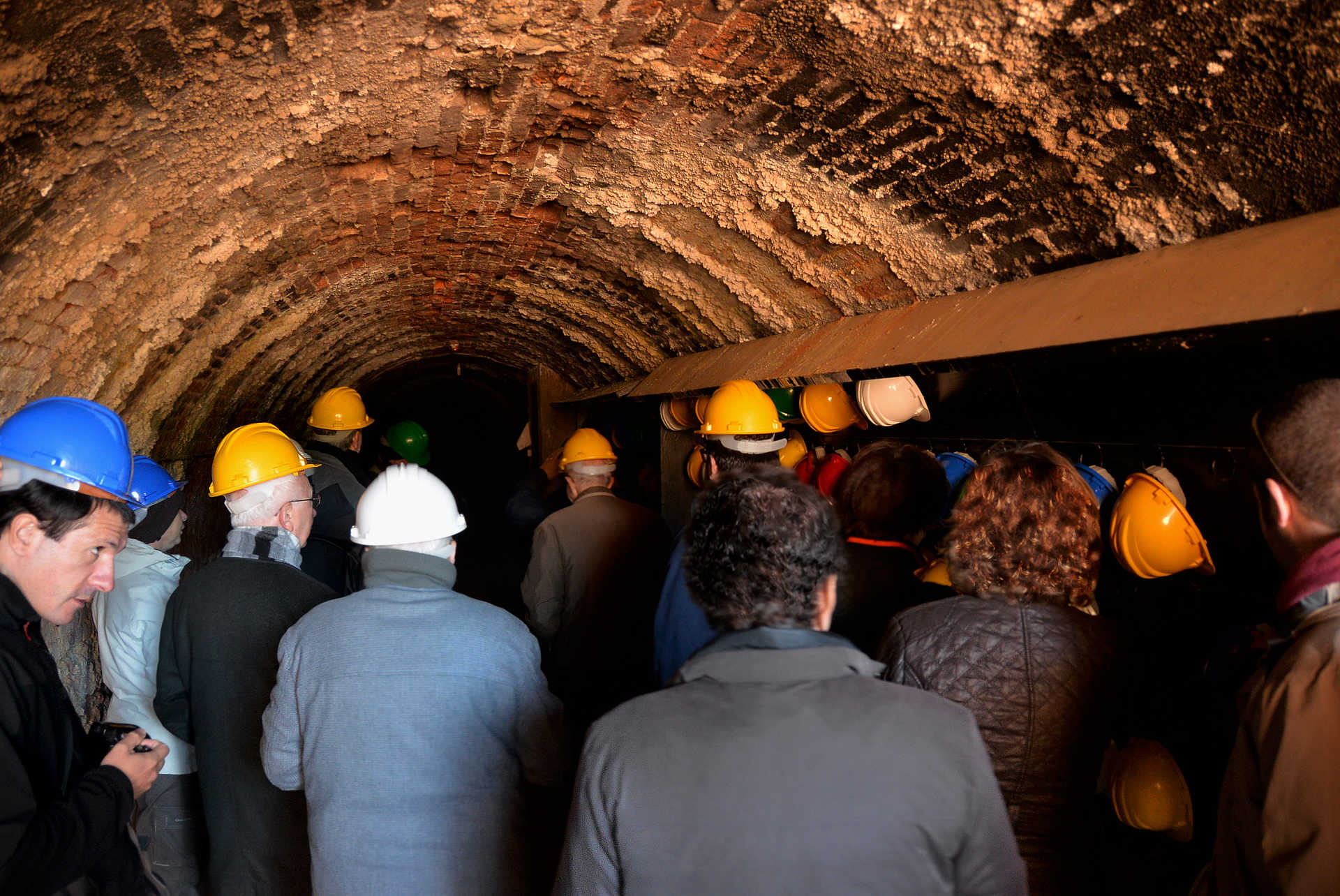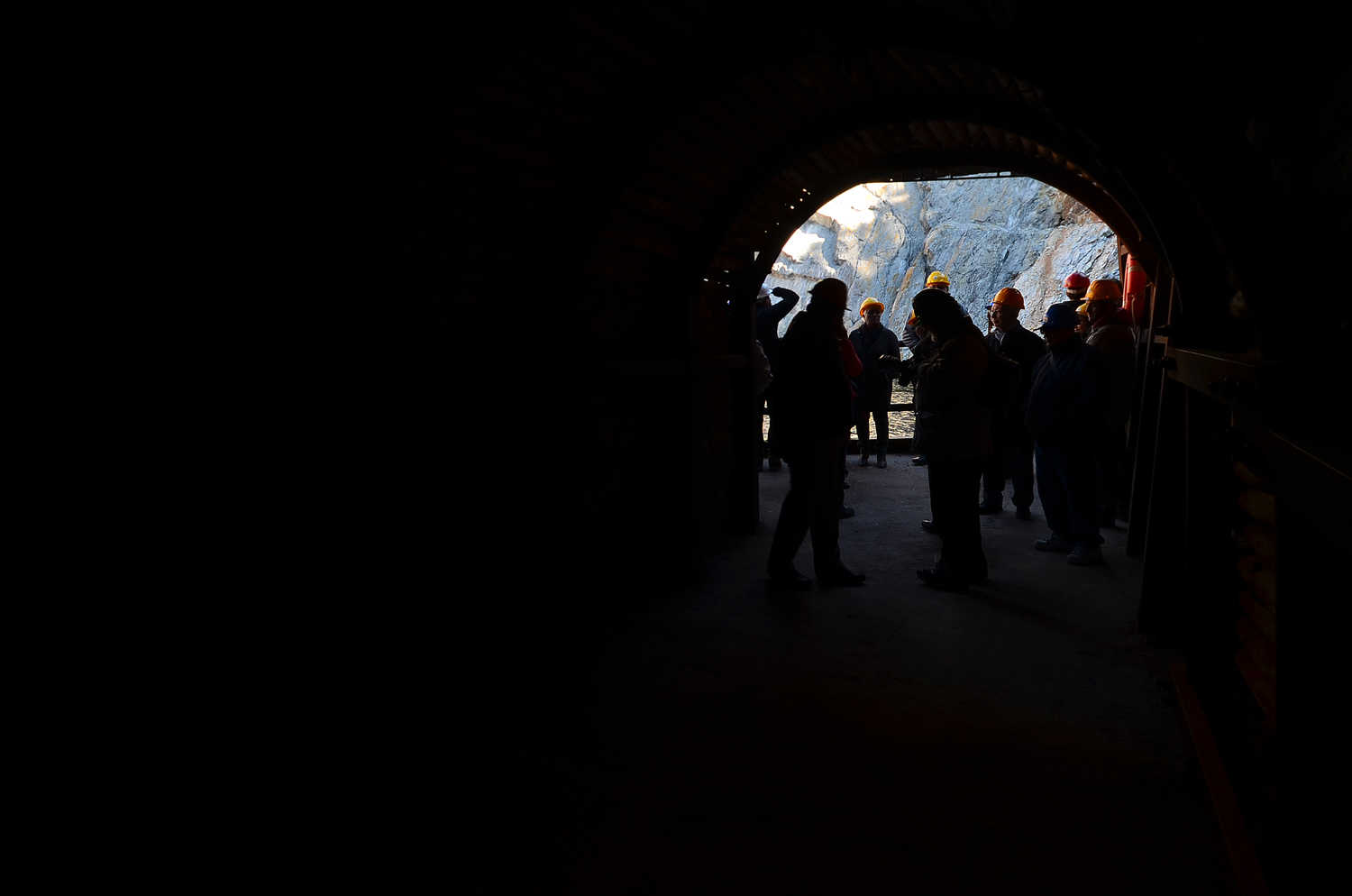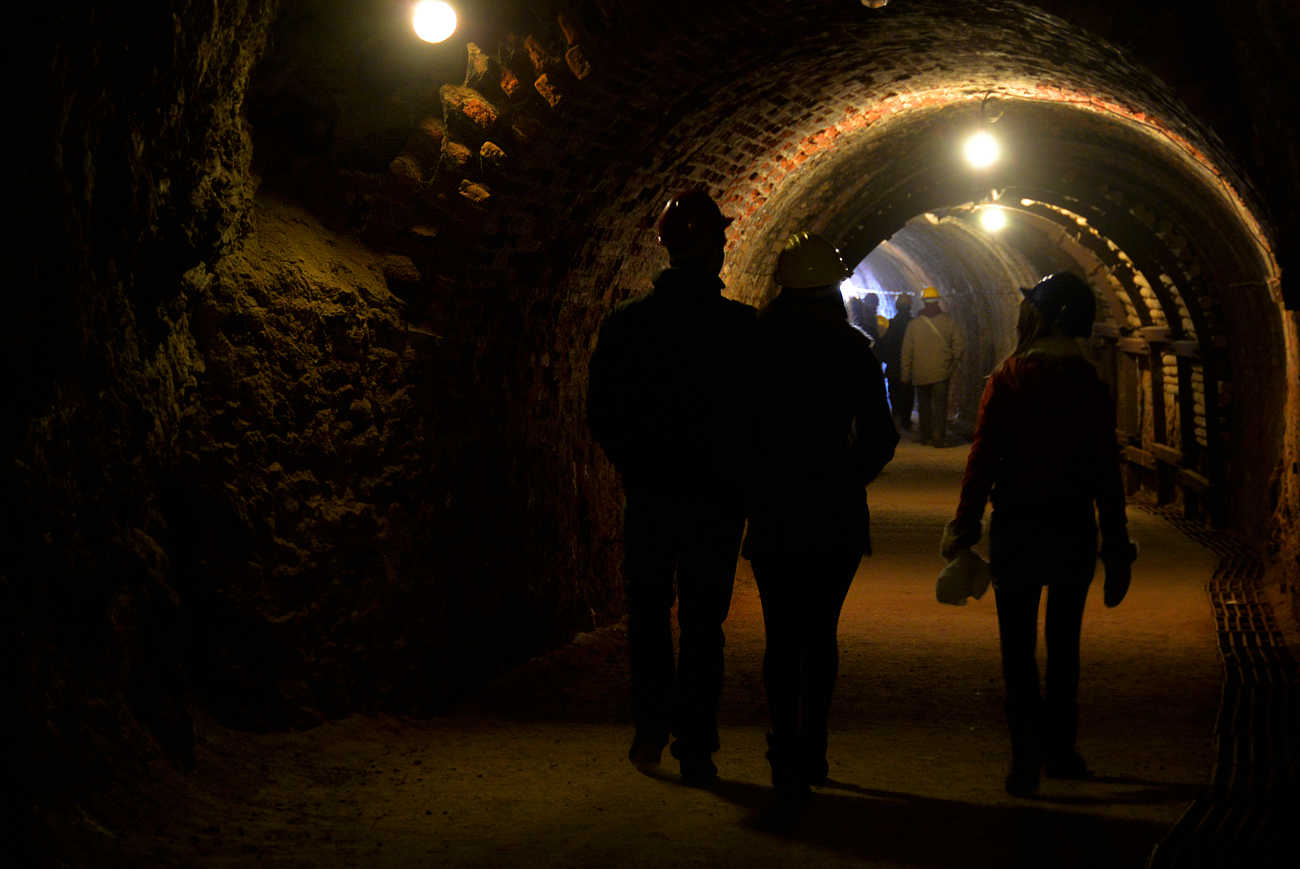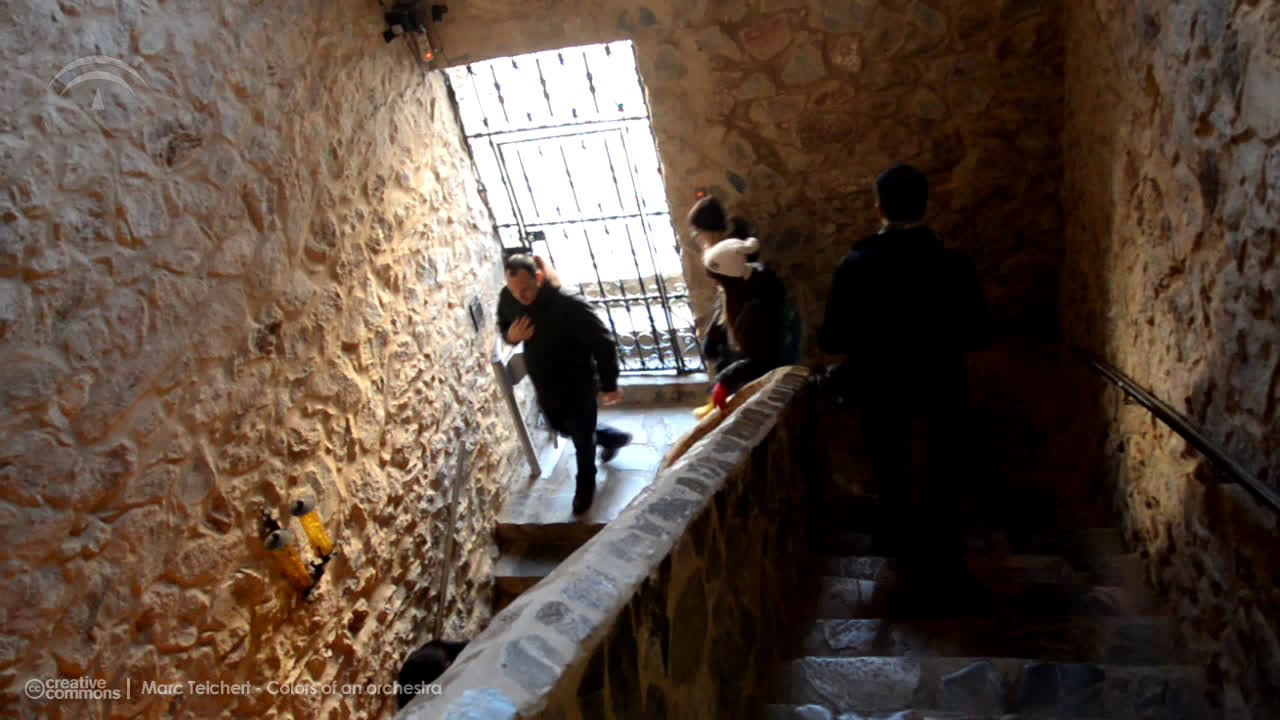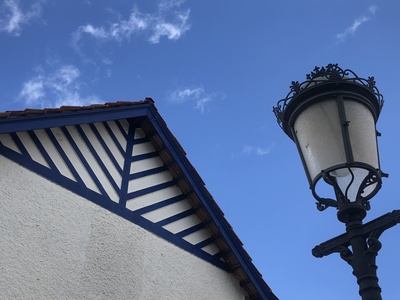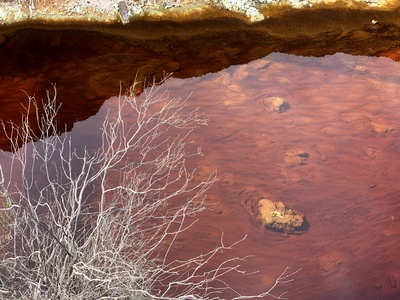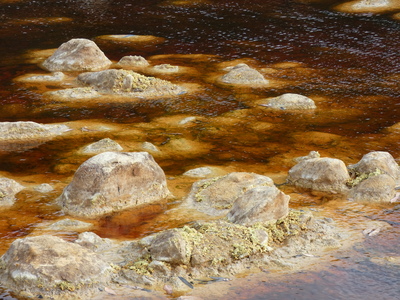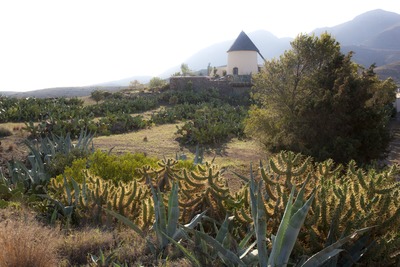Riotinto: a destination on the European Route of Industrial Heritage
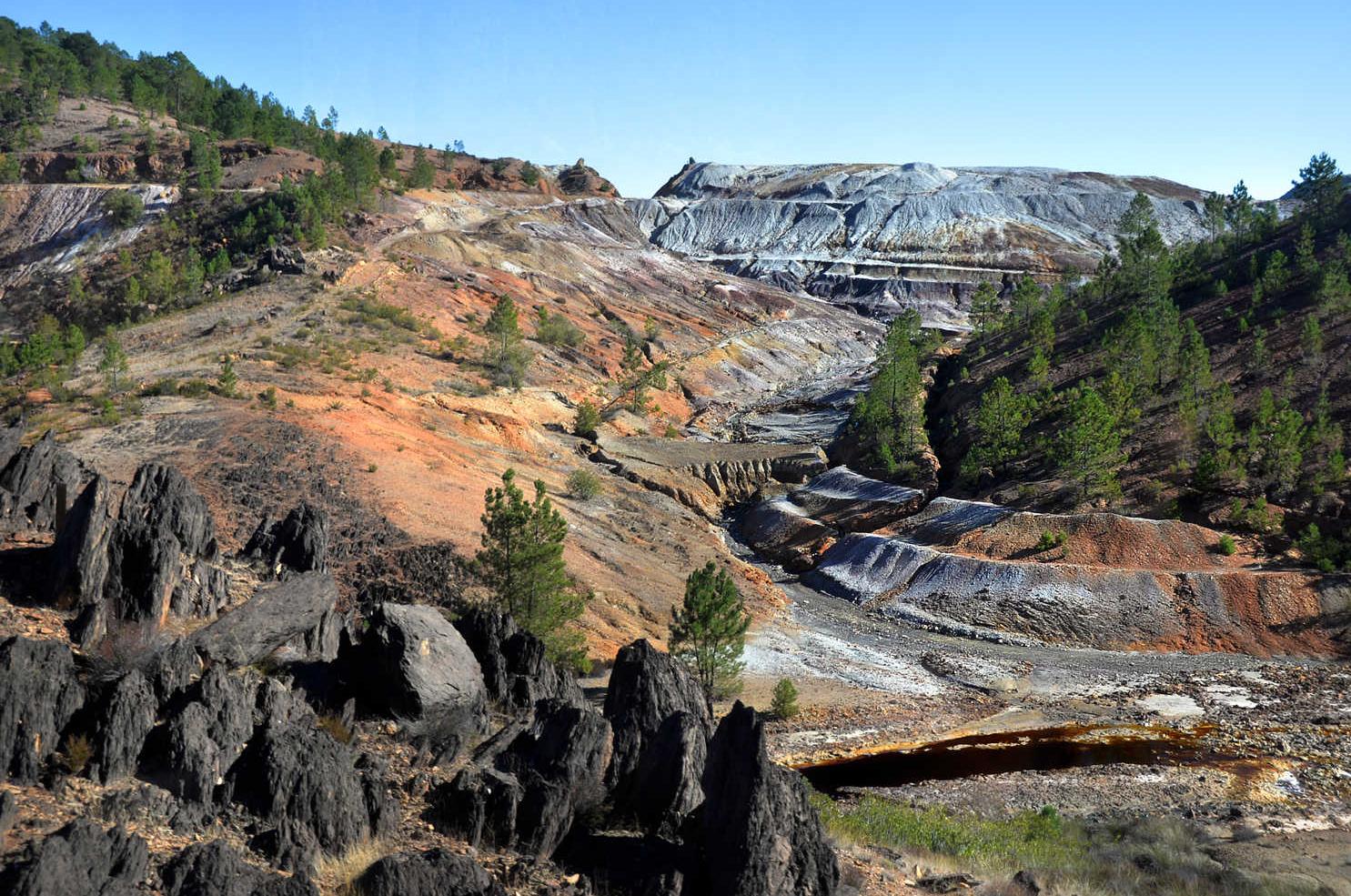
The legendary Huelva site, a fascinating spot for mining and sustainable tourism, stands out on the European of the Regions map. It does so within the continental itinerary that values Spain's industrial past.
"There are no larger pyrite deposits in the world than those in the Province of Huelva in southern Spain," said David Williams, an American geologist and employee of The Rio Tinto Company Limited, the British mining company that exploited the Riotinto mines from 1873. Up until 1986, 10% of the world's copper came from the Huelva site, as told by the historian, Carlos Arenas Posadas in his study, 'Empresa, mercados, mina y mineros: Río Tinto 1873-1936’ (1999).
The mining and railway heritage left behind by this industrial activity has become an almost essential point of discovery when planning what to see in Huelva. The phrase "Huelva tourism" duly accompanies the Riotinto mines, whose history began 5,000 years ago and continued until the British colonial period, in the days of industrial capitalism. It is no surprise that, following other pioneering tourist initiatives such as the Ironbridge Gorge, which is a symbol of the Industrial Revolution in Great Britain and which has had a museum since the 1960s, the Río Tinto Foundation was created for the History of Mining and Metallurgy in 1987. One of its objectives was to provide tourist significance to the Huelva mining area, restoring its ancestral legacy. Since then, acknowledgement of the industrial archaeology has been bringing results: so much so that at the end of 2016, the Mining Park announced its integration in the European Route of Industrial Heritage.

Europe of the Regions
The history of Riotinto has acquired an extremely enriching dimension, given that it can be found on a map that covers 45 different countries and 1,300 places. And that's not all. Almost a hundred of these places, called anchoring points, are recognised as exquisite destinations in Europe of the Regions, and the Riotinto Mining Park (declared a Heritage Site and a Place of Cultural Interest in 2011) is one of them.
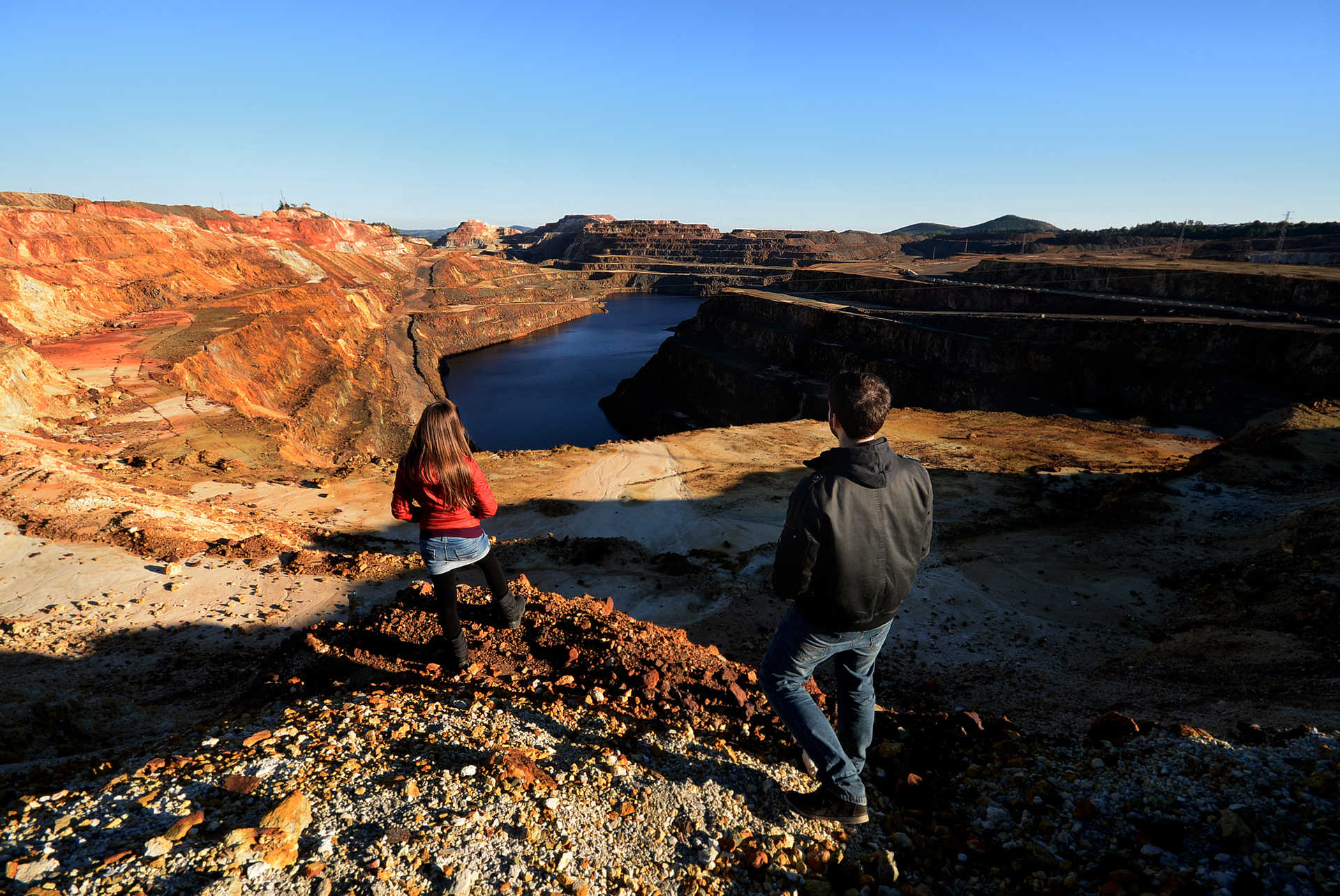
Tourist mine train
Of course, there is the Vía Verde (a rail trail that follows the railway line in the mining basin). Here, you will find the tourist mine train, with a steam locomotive, type C, no. 14, which is the oldest of its kind in Spain, dating back to 1875. The train's journey traces a reddish-orange landscape that is constantly changing parallel to the wine-coloured ferruginous river, with desert and frontier-style features, taking you back in time to the 19th century and the Machine Age. It also bears a resemblance to the planet Mars. The shaking and sound of the rails are almost hypnotising.
Nature tourism enthusiasts will especially enjoy the stop at Pata del Caballo, which is a place of great ecological value. Other must-see places are house number 21 inthe Victorian Bella Vista neighbourhood (where British staff of the company lived) and Casa del Obrero, which today houses the ethnographic collection of the Mining Museum.
